Food
2019 Yankee Magazine Editors’ Choice Food Awards
Celebrating New England’s best cheeses, chocolates, jams, charcuterie, and other gift-worthy edibles in Yankee Magazine’s annual food awards.
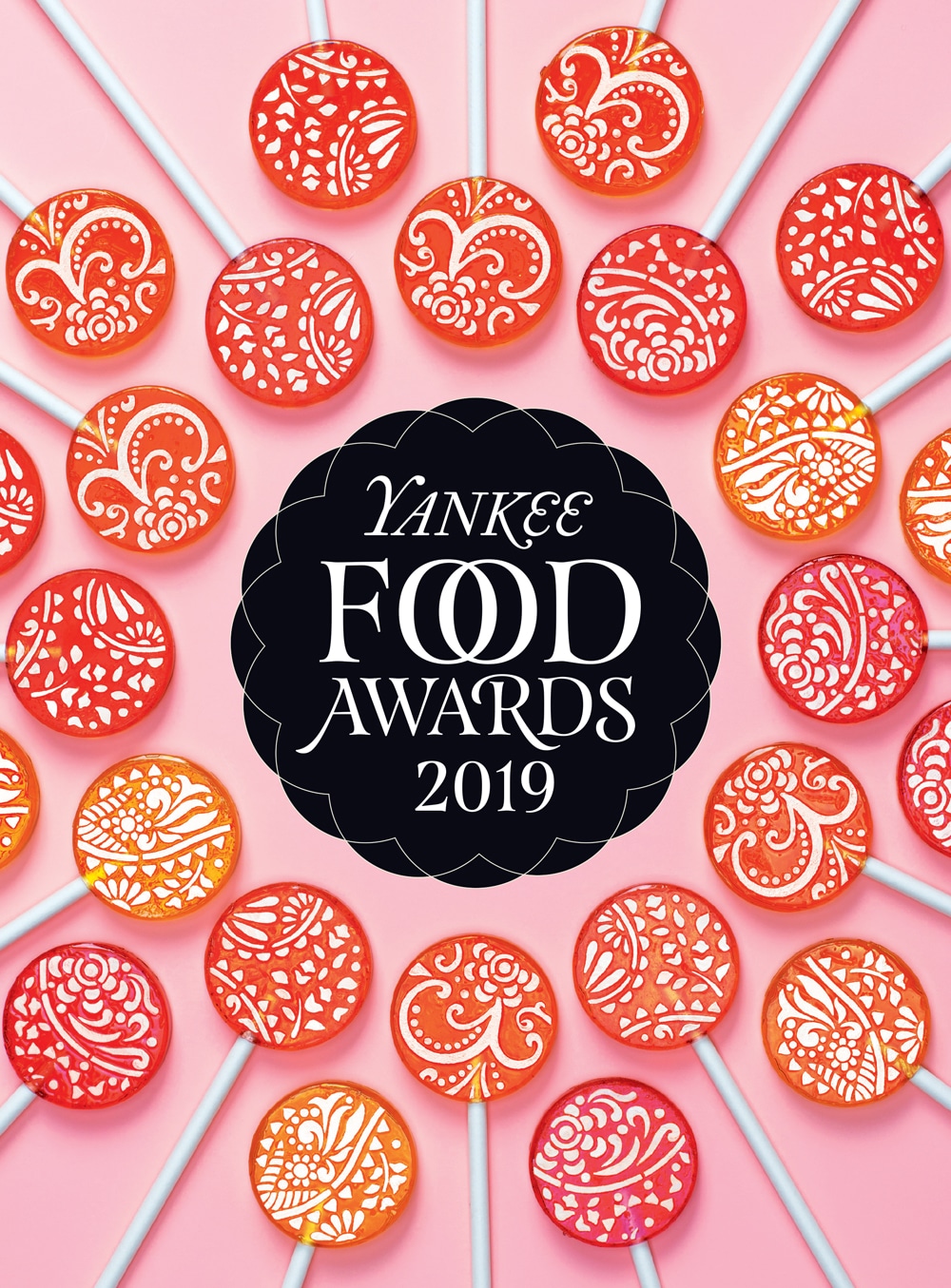
Coffee By Design | Portland, Maine
Photo Credit : Katherine Keenan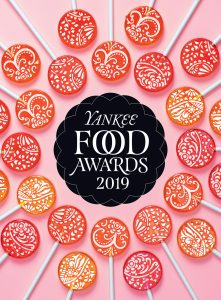
2019 Yankee Editors’ Choice Food Awards
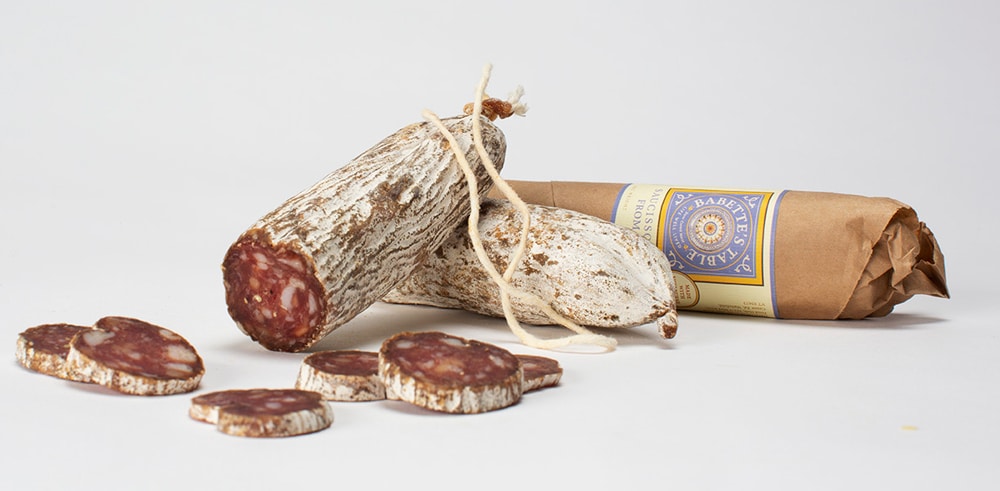
Photo Credit : Lori Pedrick; styling by Liz Neily
Saucisson au Fromage Babette’s Table | Waitsfield, VT
On American party platters, cheese and charcuterie are generally confined to separate zones. In France, however, there’s a whole category of sausages made with cheeses such as chèvre and Roquefort. So after Babette’s Table founder Erika Lynch went to Gascony to study the art of charcuterie, she returned home to Vermont and developed a saucisson sec (a traditional French salami) made with shavings of Shelburne Farms’ two-year-old cheddar. The cheese lends a brothy umami flavor and brings a deeper richness to the pork, which Lynch gets from two local farms. “From our inception, Babette’s Table has been committed to the local agriculture community in Vermont,” Lynch says. In fact, the artisanal charcuterie company is so local that its full line is available only in Vermont (luckily, you can buy this sausage online from Shelburne Farms).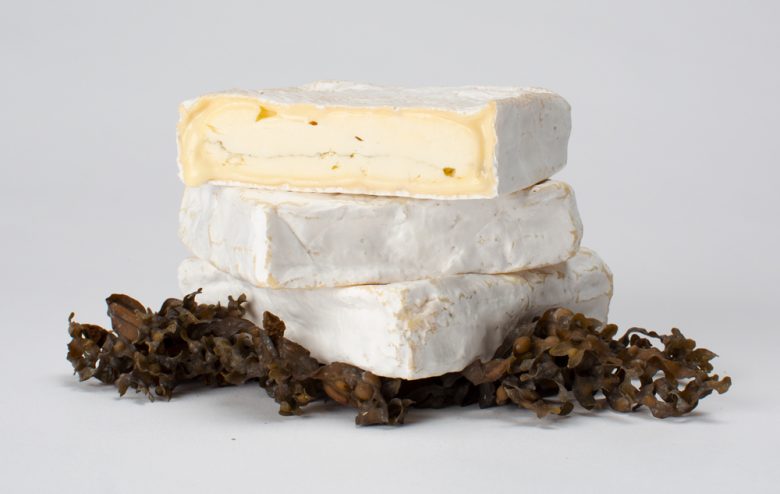
Photo Credit : Lori Pedrick; styling by Liz Neily
Rockweed Cheese Lakin’s Gorges Cheese | Waldoboro, ME
It’s not unusual to hear farmstead cheese makers describe how their products reflect terroir, a catch-all term for the soil, landscape, and climate of a food-producing region. But Allison Lakin created her Rockweed cheese to reflect the flavors of both her Waldoboro farm and the nearby Maine coast, making it the first New England cheese to beautifully express … meroir? Inspired by Morbier, a semi-soft French cheese with a layer of vegetable ash in the center, Lakin takes cow’s milk from her own herd at East Forty Farm and layers it with dehydrated rockweed powder from Maine Coast Sea Vegetables in Hancock. The powder lends a mineral brininess that enhances the rich Jersey milk. “I’ve been looking for a way to create a cheese that is of this place,” she says. “When I eat [Rockweed], it makes me think of oyster stew, with the creaminess blending with the brininess.”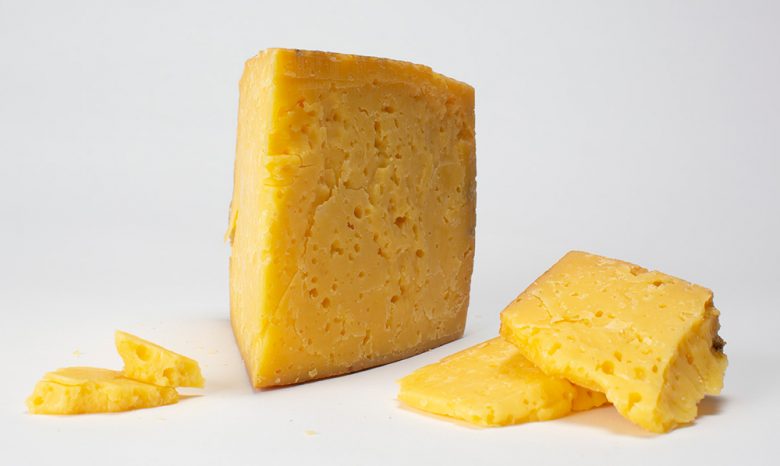
Photo Credit : Lori Pedrick; styling by Liz Neily
Aged Bloomsday Cheese Cato Corner Farm | Colchester, CT
Aged Bloomsday is “something of a happy accident,” says Mark Gillman, who with his mother, Liz McAlister, runs a 35-acre dairy farm halfway between Hartford and New London. One fateful June 16, when the cheese making wasn’t going according to plan, “we changed the recipe on the fly,” Gillman says. Then they waited. Six months later, they knew they had something special. With another six months of aging, it was perfect, and Aged Bloomsday was born. (The name is a nod to a more famous June 16 event, the annual celebration of novelist James Joyce.) Reminiscent of an English-style cheddar yet with the nutty notes of Gouda, this is a golden-hued cheese, mature and complex, with a native mold rind and herb and caramel flavors. Credit the cheese making but also the cows: McAlister has been carefully shaping the herd of 40-odd Jerseys (plus one Brown Swiss) for a few decades. She and her son have a hand in everything, from pasture management to selling the cheese, which they bring to farmers’ markets in New York and Connecticut (it’s also sold online). While Aged Bloomsday would be right at home on any cheese board, we also love it with chocolate stout or apple pie, or in the ultimate mac and cheese.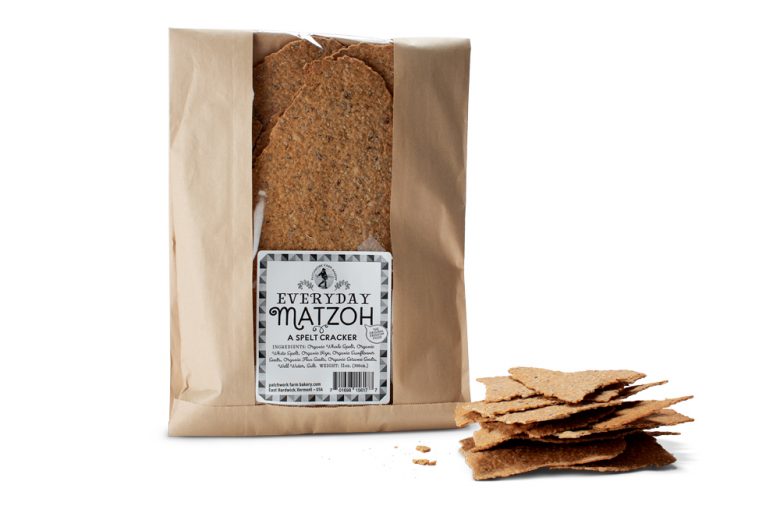
Photo Credit : Lori Pedrick; styling by Liz Neily
Everyday Matzoh Patchwork Farm & Bakery | East Hardwick, VT
Wednesday is matzoh baking day for Charlie Emers. An unleavened bread dating back to biblical times, matzoh is often thought of as bland wafers—which Emers’s oblong crackers, beautifully irregular and flecked with sesame and flax seeds, are anything but. For the past 18 years, he has been baking breads and crackers in a converted outbuilding on his farm, but matzoh didn’t arrive on the scene until he was asked to bring some store-bought matzoh to a Passover seder and found that it was sold out. He improvised a passable approximation—mostly flour, water, and some olive oil—and his interest was piqued. Further research resulted in a spelt-based cracker with just a hint of rye that is light and crisp and has an irresistibly nutty flavor. “It’s such a simple thing in some ways,” Emers says, who received such overwhelmingly positive feedback at the farmers’ market that he put his matzoh into regular production. (Note: While the ingredients are kosher, the bakery is not kosher certified.) Recently, Emers has been dabbling again in farming, with the hopes of growing and milling his own flours to use for his breads, pastries, and, of course, matzoh.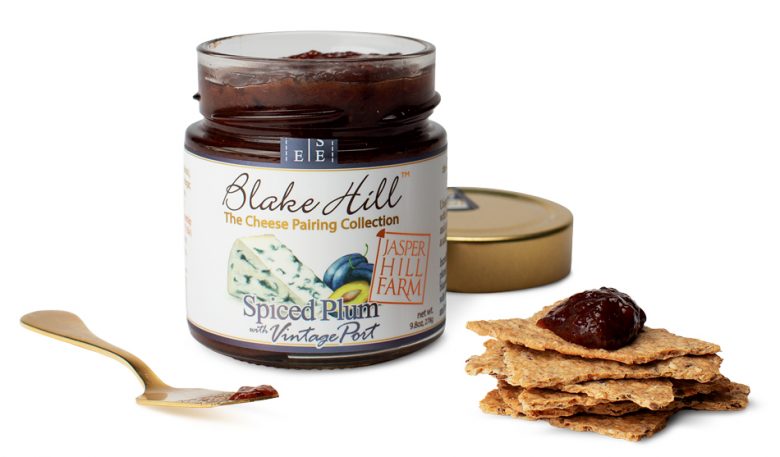
Photo Credit : Lori Pedrick; styling by Liz Neily
Spiced Plums with Port and Star Anise Blake Hill Preserves | Windsor, VT
Although Vicky Allard comes from a long line of British jam-making hobbyists, she hadn’t planned to make it her career. But after leaving their corporate life in Manhattan for the green acres of Vermont, she and husband Joe Hanglin began turning their farm’s bumper crop of berries into preserves. Friends raved, a local grocer offered to test-market their product, and in 2009, they launched Blake Hill Preserves. This particular offering was created in 2016 in partnership with famed cheese maker Jasper Hill Farm (another Editors’ Choice Food Awards winner): It’s the perfect match for Jasper Hill’s Bayley Hazen Blue cheese. But the combination of plums, warm spices, and port also make it uniquely food-friendly. Try it with yogurt or oatmeal, with ice cream, or baked into cookies.
Photo Credit : Lori Pedrick; styling by Liz Neily
Maple Walnut Ghee-nut Butter Farmtrue | North Stonington, CT
This may be the most delicious nut butter on the market. It’s like cookie dough, only good for you, and it’s terrific in baked goods and sauces, slathered on toast or roasted sweet potatoes, or eaten right from the jar. Farmtrue founders Kim Welch and Lynn Goodwin first connected through Ayurveda, the 5,000-year-old Indian mind-body health system that treats food as a form of medicine. Ghee, a clarified butter of sorts, is a foundational ingredient in Indian cooking, but the two were unable to find locally made organic ghee for their own kitchens—so they decided to create one together. Farmtrue’s ghee-based organic foods and beauty products try to keep things as close to home as possible, including using local grass-fed butter. Every Farmtrue product is made in their 3,200-square-foot facility, which also serves as a gathering space for yoga workshops, cooking classes, and holiday pop-ups.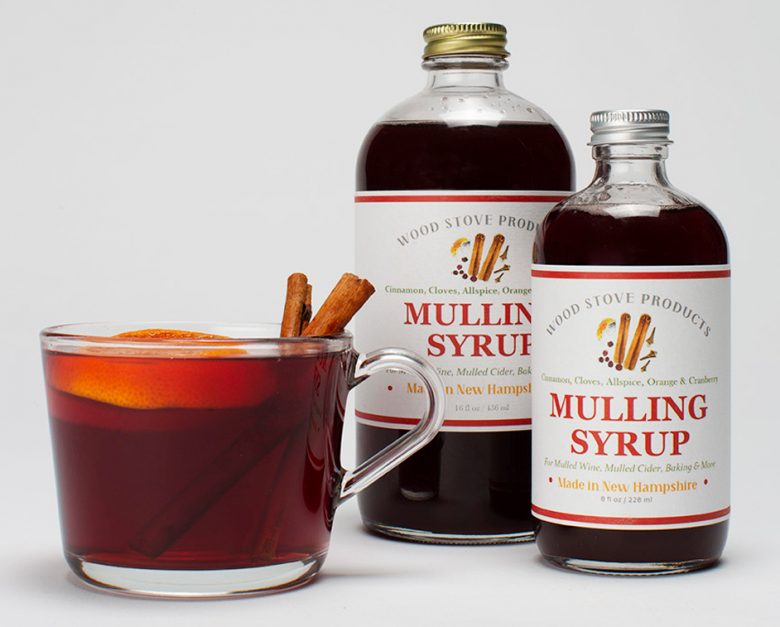
Photo Credit : Lori Pedrick; styling by Liz Neily
Mulling Syrup Wood Stove Kitchen | Mont Vernon, NH
It was while working as a researcher and adviser for the United Nations that Steve Zyck became smitten with the culinary traditions of Europe and the Middle East. On a wintery trip to Copenhagen, he tasted his first mug of mulled wine, ladled out from a giant copper cauldron by a pushcart vendor. “It wasn’t just about the spices,” Zyck recalls, “but the hint of fruit.” So when he returned to the States to launch a line of cocktail syrups and mixers, he made sure his mulling syrup was true to that memory, only with the addition of Cape Cod cranberry juice to the familiar flavors of clove, allspice, cinnamon, and orange. The result is bright and fresh and with just the right amount of sweetness, thanks to a bit of brown sugar. Beyond creating your own mulled wine with the syrup, Zyck suggests adding a few teaspoons to apple pies, marinades, pancake mixes, and even, as a wink to its Scandinavian roots, your favorite Swedish meatball recipe.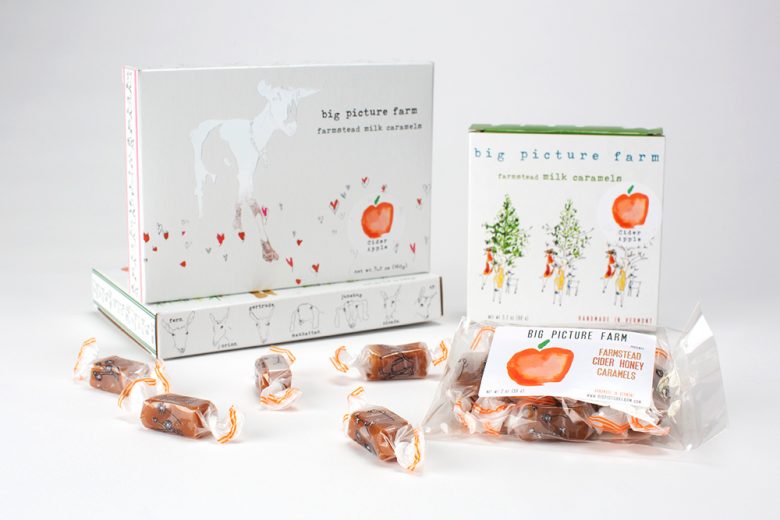
Photo Credit : Lori Pedrick; styling by Liz Neily
Cider Honey Farmstead Caramels Big Picture Farm | Townshend, VT
Louisa Conrad and Lucas Farrell bring their artistic sensibilities to everything they do. She’s an illustrator and photographer by training, and he’s a poet, which means that their farm’s products have some of the best-designed, most lyrically annotated packaging in the business. But it’s what’s inside that matters most, and here they also excel. Using milk from their herd of Saanen goats, they produce ultracreamy, dash-of-salty caramels in flavors such as brown butter bourbon, chai, and our favorite, cider honey. The goat’s milk is subtle but pleasantly tangy. Or as Conrad says, “Our milk’s unique makeup of amino acids imparts complex notes of savory goodness.” The added cider (really a pommeau) from nearby Putney Mountain Winery brings a layer of fruitiness that feels seasonal and festive. And because the goats “drop everything the minute they hear the sounds of the apples falling and evade all fences in order to eat them,” according to Conrad, the caramels are a true taste of life on the farm.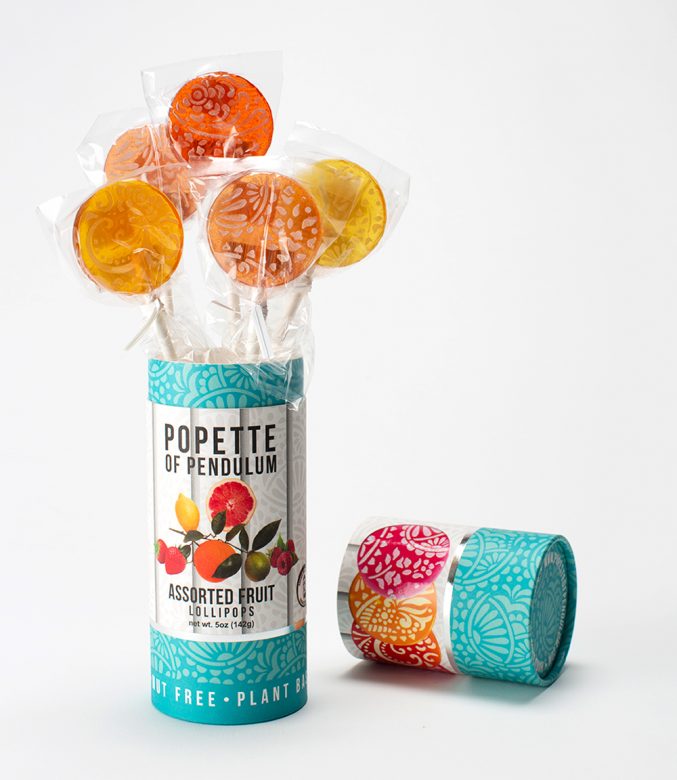
Photo Credit : Lori Pedrick; styling by Liz Neily
Fruit Lollipops Popette of Pendulum | Pawtucket, RI
Brenda Swift spent 20 years as a fashion designer before she began making candy, which explains why her lollipops are so visually striking—floral swirls, paisley patterns, holiday motifs. “I was taking a break from fashion, but I found that I couldn’t not be creative,” she says. “I had these little lollipops in my head and thought I’d love to be able to sketch on candy.” Staying true to her own healthier food preferences, she fiddled with her recipe for more than a year, using brown rice syrup (instead of corn), natural dyes and flavors, and all-organic ingredients. “I realized the pops were really tasty and I could make them cute because of my design background, so I started doing farmers’ markets.” Our favorite varieties are the fruit lollipops, which come in flavors such as strawberry cream, mango tangerine, and raspberry. Today Swift’s creations are in 35 states, with a goal of hitting all 50 via a new distribution deal with Bloomingdale’s.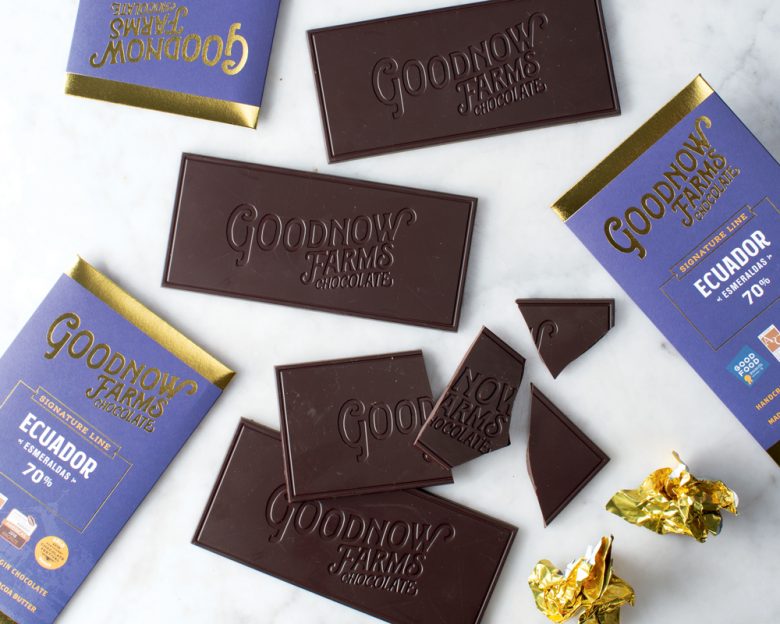
Photo Credit : Lori Pedrick; styling by Liz Neily





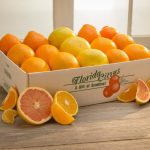
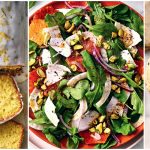

A veritable feast using these mouth-watering products.